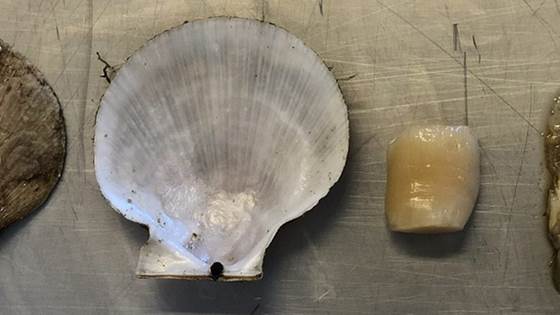
UTANTOX
UTANTOX is about reducing heavy metals in marine residual raw material. The aim is to develop a method for reducing cadmium in by-products from Iceland scallops.

UTANTOX is about reducing heavy metals in marine residual raw material. The aim is to develop a method for reducing cadmium in by-products from Iceland scallops.
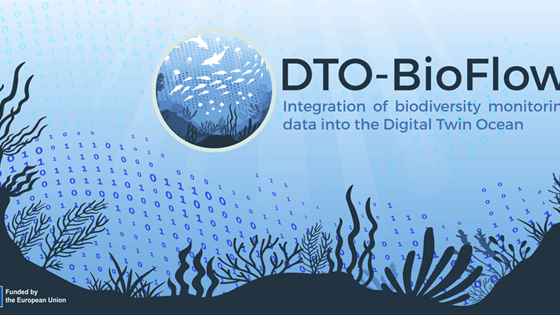
Building the biodiversity component of the Digital Twin of the Ocean
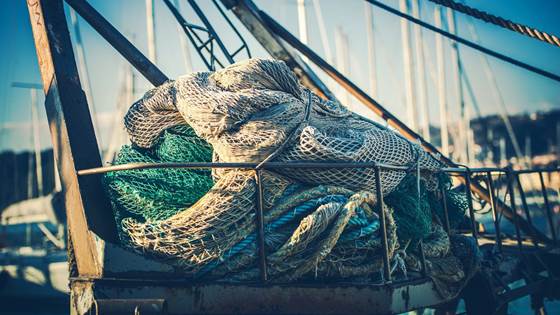
SEARCULAR’s core objective is the reduction of marine litter and microplastics generated by European fisheries (demersal trawlers, demersal seiners, tropical tuna purse seiners) and to promote circular economy practices in the fishing industry.
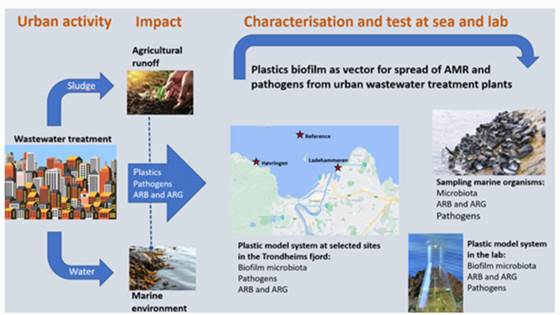
The PlastiSpread project studies the role of the microbial community in biofilms associated with marine plastics, and how they are influenced by variations in urban WW discharges.
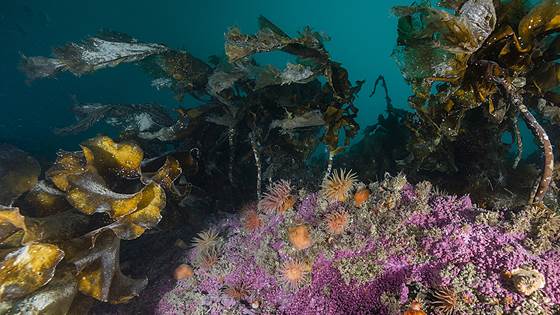
The collaborative project AMBIOS aims to develop the world's first fully autonomous platform for multi-layer mapping of biodiversity in the marine space and validate it on selected use cases in Mid-Norway.
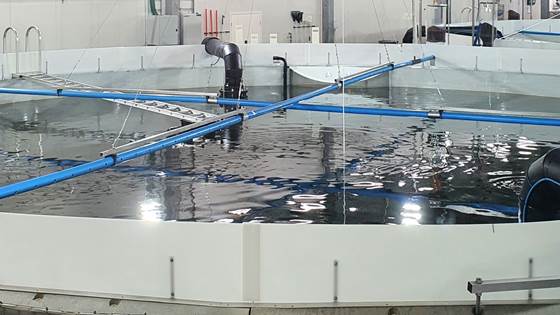
The objective of PathoRAS is to ensure biosecurity measures in Atlantic salmon RAS through a better understanding of how pathogens proliferate, establish, and survive in a complex ecosystem of the RAS environment.
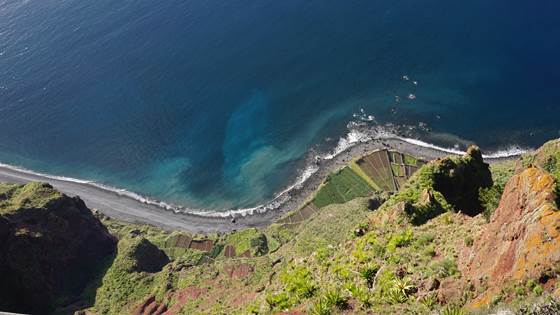
CLIMAREST is an EU-funded research project consisting of 18 partners from along the length of the European coastline. The project belongs to the EU Mission Restore our Ocean and Waters, and is a member of the Lighthouse for the Arctic and Atlantic...
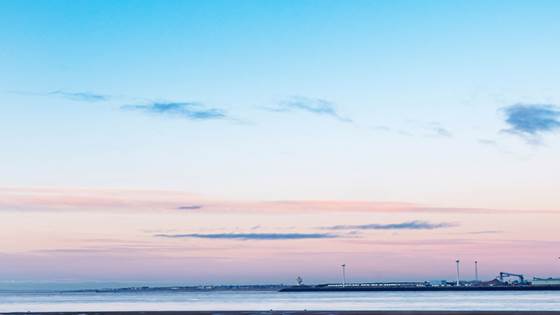
Supporting the Mission Ocean Lighthouse in the Baltic and North Sea basins
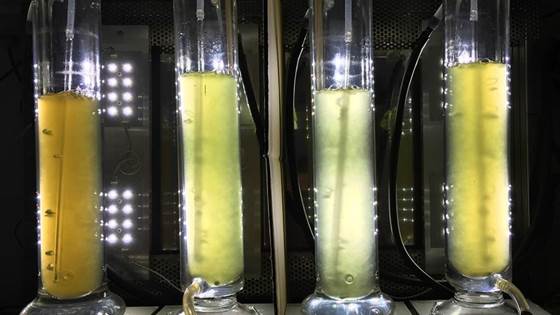
Contaminant of emerging concern (CECs) such as antibiotics, pathogens and antimicrobial resistant (AMR) bacteria in water bodies associated to intensive fish and inland animal farming, represent a great threat to the environment and human health. The...